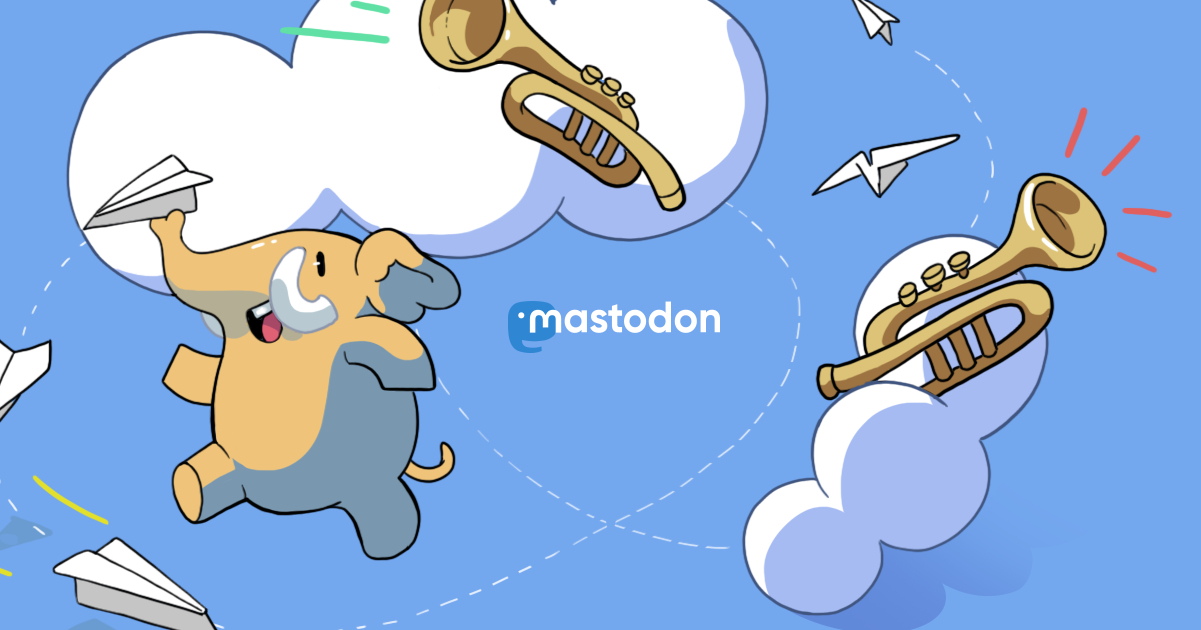Follow
This one shows two batches of coffee in four graphs: one with all the data, one showing the region prior to an intended change in roasting, one showing the region of an intended roasting change, and one that shifts data from one batch along the time axis to make it easier to compare the range after the intended difference.

Breaking down roasting data like this makes it easier to verify successful control outside of intended roasting differences. If the graphs of data before and after the intended change line up, it's fair to attribute differences in flavor to the intended difference. If unintended variations can be seen, those might be the source of some differences in flavor. If you attribute flavor differences from unintended roasting differences to the intended change you'll confidently reach wrong conclusions.